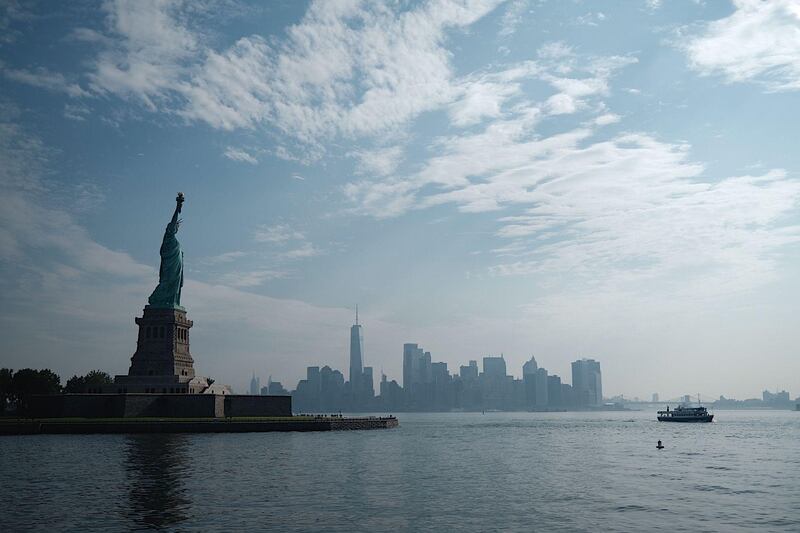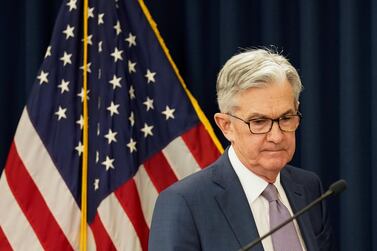The US economy suffered its sharpest downturn since at least the 1940s in the second quarter while jobless claims rose for a second consecutive week, highlighting how the pandemic has ravaged businesses across the country and left millions of Americans out of work.
Gross domestic product shrank 9.5 per cent in the second quarter from the first, a drop that equals an annualised pace of 32.9 per cent, the Commerce Department’s initial estimate showed on Thursday. That’s the steepest annualised decline in quarterly records dating back to 1947 and compares with analyst estimates for a 34.5 per cent contraction.
Personal spending, which makes up about two-thirds of GDP, slumped an annualised 34.6 per cent, also the most on record.
“The decline in second quarter GDP reflected the response to Covid-19, as `stay-at-home' orders issued in March and April were partially lifted in some areas of the country in May and June, and government pandemic assistance payments were distributed to households and businesses,” the Bureau of Economic Analysis said in the release.
The figures lay bare the extent of the economic devastation that resulted from the government-ordered shutdowns and stay-at-home orders designed to slow the spread of the novel coronavirus that abruptly brought a halt to the longest-running expansion. While employment, spending and production have improved since reopenings picked up in May and massive federal stimulus reached Americans, a recent surge in infections has tempered the pace of the recovery.
That surge, the result of America’s failure to contain the virus, indicates that the US economy is likely to recover more slowly than places that have done a better job, such as the euro area. And the longer the pandemic lasts without a vaccine, the longer economic output will remain below pre-crisis levels, leaving permanent scars on many businesses and workers.
A separate report on Thursday showed the number of Americans filing for unemployment benefits increased for a second straight week. Initial claims through regular state programmes rose to 1.43 million in the week ended July 25, up 12,000 from the prior week, the Labour Department said. There were 17 million Americans filing for ongoing benefits through those programs in the period ended July 18, up 867,000 from the prior week.
Stock-index futures remained lower and the yield on the 10-year US Treasury note extended declines after the reports.
While the economic restart has helped put 7.5 million Americans back to work in May and June combined, payrolls are down more than 14.5 million from their pre-pandemic peak. The swift deterioration in the economy and job market explain why the Federal Reserve is keeping its benchmark rate pinned near zero and why it rolled out several emergency lending programmes geared toward fostering liquid trading conditions in financial markets.
“We have seen some signs in recent weeks that the increase in virus cases, and the renewed measures to control it, are starting to weigh on economic activity,” Fed chairman Jerome Powell said at a news conference Wednesday after the central bank’s two-day policy meeting. “On balance, it looks like the data are pointing to a slowing in the pace of the recovery,” though it was too soon to say how large - or sustained - this period would be, he said.
With the election only three months away, American voters will have to decide whether to re-elect President Donald Trump to a second term against a backdrop of the virus-induced recession and his response to the health crisis.
The second-quarter contraction was broad-based, the GDP release showed. Business investment in structures, equipment and intellectual property slumped an annualised 27 per cent pace, the steepest slide since 1952, while residential investment dropped at a 38.7 per cent rate, the most since 1980.






